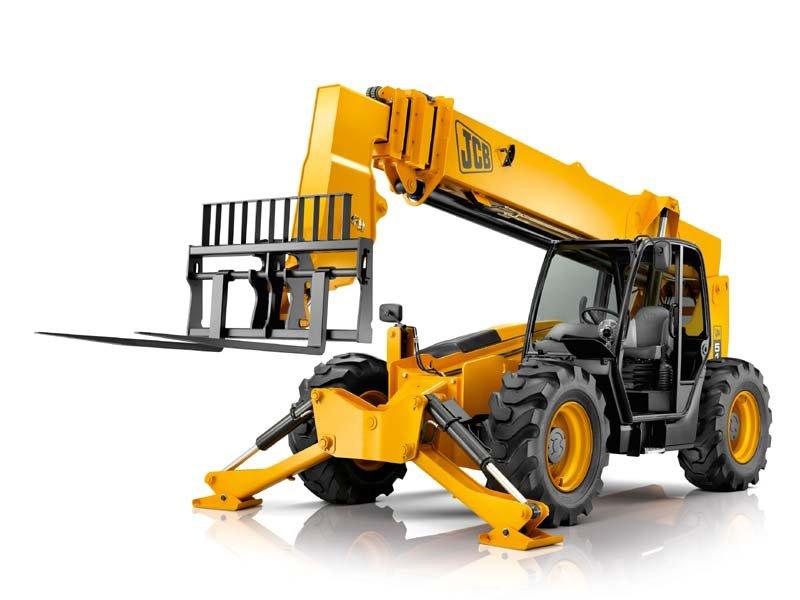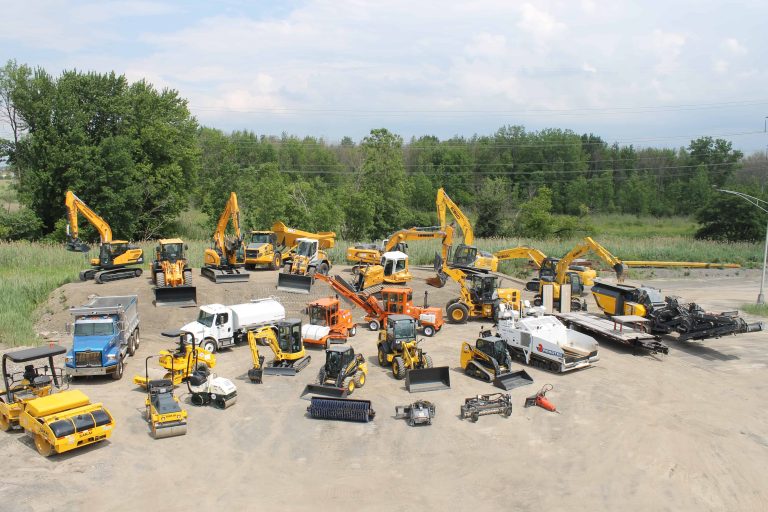Heavy Equipment Rental: Huge Equipment for Any Type Of Construction Job
Heavy Equipment Rental: Huge Equipment for Any Type Of Construction Job
Blog Article
Optimize Your Budget Plan by Recognizing the Prices Linked With Building Equipment Services
Recognizing the complete scope of expenses connected with building and construction equipment rentals is important for optimizing your spending plan. What strategies can be utilized to successfully take care of these prices and ensure a more effective rental experience?
Overview of Rental Prices
When considering building and construction equipment services, understanding the linked costs is vital for effective budgeting and job preparation. Rental costs can differ significantly based upon numerous elements, consisting of equipment type, duration of rental, and location. The preliminary rental fee often shows the tools's market need and its linked functional capabilities, influencing the general expenditure.
In addition to the base rental rate, secondary costs may develop, such as transport fees, fuel surcharges, and upkeep costs. It is vital to represent these added expenditures to accurately analyze the total expense of leasing tools. The rental period can affect prices; longer leasings might certify for reduced prices, while temporary leasings may sustain greater everyday fees.

Breakdown of Rental Prices
A detailed understanding of rental prices is vital for specialists and job managers intending to maximize their budget plans. Rental rates for construction tools normally include several components, consisting of base rates, time-based charges, and use charges.
Base rates are the core costs connected with the rental of the tools, commonly identified by the type and dimension of the machinery. These prices can vary considerably, affected by aspects such as equipment need, accessibility, and local market patterns. Time-based charges, which might be daily, weekly, or monthly, serve to suit different project timelines and rental periods.
Additionally, rental prices may consist of usage charges, which apply when tools is used past a specified limit, guaranteeing that the rental firm can represent damage. Seasonal demand variations can likewise influence rental rates, with peak building and construction seasons commonly commanding greater prices.
Additionally, understanding the rental business's plans regarding maintenance and insurance can supply more insight right into the total cost structure. By assessing these components, specialists can make informed decisions, making sure the option of rental equipment lines up with both task needs and budget restrictions.
Added Costs to Consider
Understanding the complexities of extra fees is crucial for contractors to manage their total leasing costs successfully. Past the common rental prices, different extra costs can substantially affect the overall expense of equipment rental. These fees often consist of distribution and pick-up fees, which can vary based on range and logistics entailed in transporting the tools to and from the work website.
Furthermore, some rental companies might enforce fuel surcharges if the tools is returned with much less fuel than when rented. It is additionally vital to know prospective cleaning costs, especially for specialized tools that calls for complete upkeep after usage.

Completely reviewing the rental arrangement and clearing up these added charges upfront can aid professionals make sure and avoid unforeseen prices that budget plans continue to be intact throughout the task lifecycle.
Maintenance and Fixing Expenses
Routine repair and maintenance expenditures are typically overlooked elements that can substantially affect the overall expense of building and construction devices services. When leasing tools, it is essential to think about not just the rental fees however additionally the potential costs related to maintaining the equipment in optimal operating condition.
Lots of rental firms include basic maintenance as component of the rental arrangement; nonetheless, more substantial fixings or unexpected break downs can lead to additional costs. It's important to assess the rental agreement meticulously to understand what upkeep solutions are covered and what responsibilities fall on the renter.
Additionally, devices that is not well-kept can cause ineffectiveness on the work website, potentially creating hold-ups and raising job expenses. To reduce these risks, it is recommended to conduct regular examinations and keep open interaction with the rental provider regarding any kind of concerns that develop during use.
Insurance and Responsibility Expenses
Insurance coverage and liability costs are essential parts that can substantially affect the overall expenditure of building and construction devices rentals (scissor lift rental). These costs ensure that both the rental overhead hoist business and her explanation the client are shielded from prospective financial losses emerging from crashes, damage, or theft throughout the rental period

In addition, clients must be aware of any type of deductibles or exemptions in the insurance coverage, as these can influence potential out-of-pocket costs. Recognizing the terms of any type of insurance policy protection is important to prevent unanticipated costs. Eventually, budgeting for insurance policy and next liability expenses can assist ensure a smoother rental experience and protect against monetary dangers connected with construction projects.
Final Thought
Finally, a thorough understanding of the costs related to building devices services is essential for effective budget administration. By examining rental prices, added costs, upkeep expenditures, and insurance policy individuals, requirements and organizations can decrease unanticipated expenses. This calculated technique not just improves cost-effectiveness however likewise guarantees that projects progress efficiently and successfully. Eventually, notified decision-making concerning equipment rentals adds to the total success of building ventures.
Rental prices can vary considerably based on several aspects, including tools type, duration of leasing, and location (dozer rental). The rental duration can affect rates; longer leasings might qualify for affordable prices, while temporary leasings could incur greater daily costs
By carrying out comprehensive study and engaging with trusted rental firms, professionals can effectively navigate the intricacies of rental rates, inevitably maximizing their monetary sources.
Beyond the standard rental rates, different auxiliary charges can substantially influence the total expense of tools rental. Rental business commonly provide obligation insurance coverage that covers injuries to 3rd parties or damage to property, while equipment damage insurance coverage can cover the price of repairs or replacement if the leased devices is harmed.
Report this page